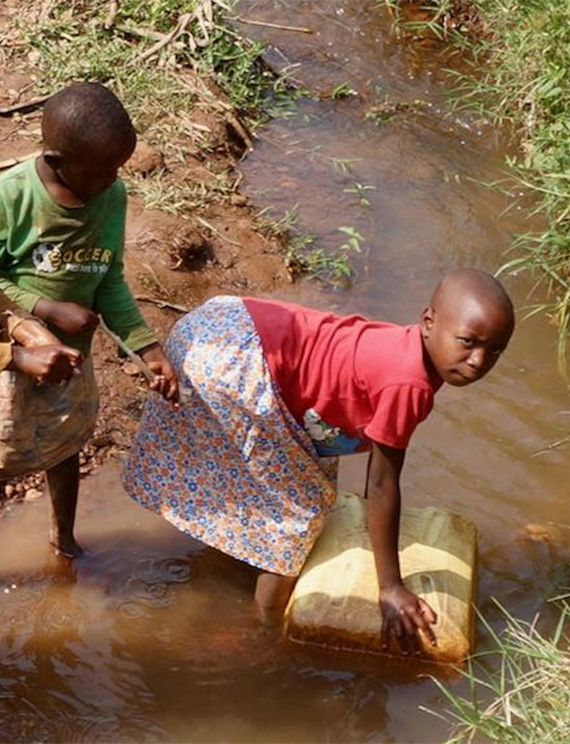
The Problem
Situation Context in Kenyan Rural Areas
In Kenya and other Africa nations, almost a third of rural water supply systems are dysfunctional at any given time while the other two thirds start malfunctioning within 3-5 years of construction (Kwena and Moronge 2015). This is attributed to the voluntary management committees’ inadequate capacity in managerial, technical, and business orientation, which often lead to a low level of services provision and non-functionality of the water supply infrastructure.
The voluntary community management of small scale water systems has been the de facto practice in rural Kenya for decades, however there is a growing evidence base critiquing the appropriateness of this model, not only in Kenya, but in many countries that are plagued by high levels of non-functionality and limited access (Eng. Robert Gakubia, Chief Executive Officer – WASREB).
Estimates indicate that the number of rural water supply systems in Kenya is between 15,000 to 20,000 and so the number of dysfunctional systems at any given time in the country is between 5,000 to 6,600.
Failed infrastructure investments in Africa over the past 20 years represents a lost investment of 1.2 billion dollars and millions still lack access to water. The poor walk long distances to access water from un-improved and un-safe water sources and risk suffering from water borne diseases, besides missed livelihood opportunities. Those receiving water have to rely on poor service levels resulting in either being underserved or unserved.
